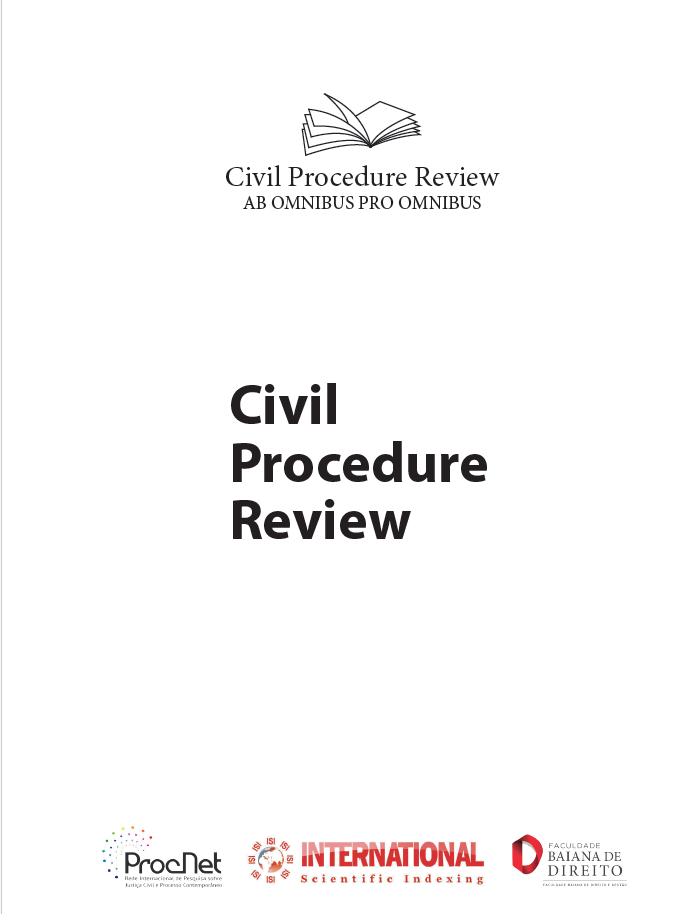The essence and structure of litigation claim acknowledgement
Resumo
Acknowledgement refers to the defendant’s recognition of the litigation claim filed by the plaintiff during a judicial proceeding, aiming at concluding the litigation, and changing the right-duty relation between the plaintiff and the defendant from the substantial dimension. Therefore, acknowledgement has dual attributes, litigation act and substantive disposition act. The requirements of establishing the acknowledgement include: the actor of acknowledgement has the ability of litigation act or the agent has the power of agency; acknowledgement does not violate laws, public order and good customs; the object of acknowledgement belongs to the disposable matters of a party; acknowledgement conforms to the requirements for litigation essentials; the intention expressed by the actor for acknowledgement is genuine. The court makes a judgment on acknowledgement in accordance with the defendant’s valid acknowledgement, with the same validity as that of a general judgment; however, there is a difference between their instrument forms. The wrong judgment on acknowledgement may be relieved through appeal or retrial; however, the grounds of relief are only limited to procedural violation or nonconformance of acknowledgement to the requirements for establishment.
Downloads
Downloads
Publicado
Como Citar
Edição
Seção
Licença
Este trabalho está licenciado sob uma licença Creative Commons Attribution-NonCommercial-ShareAlike 4.0 International License.











